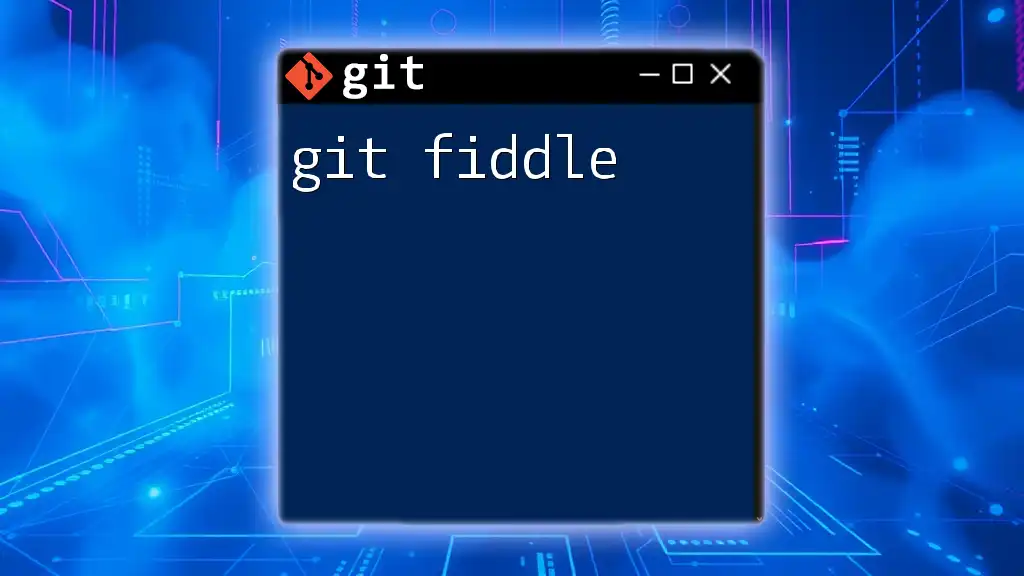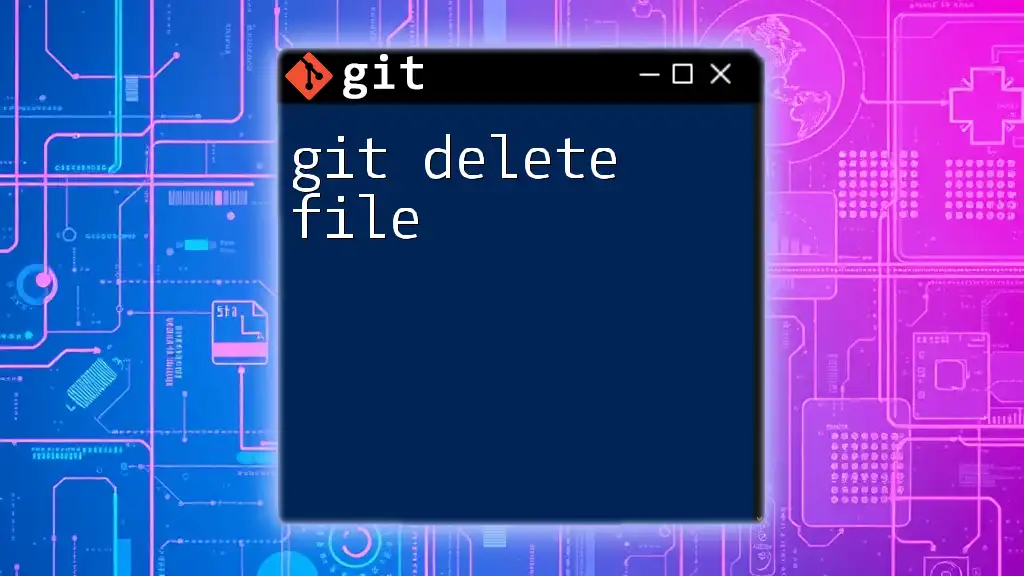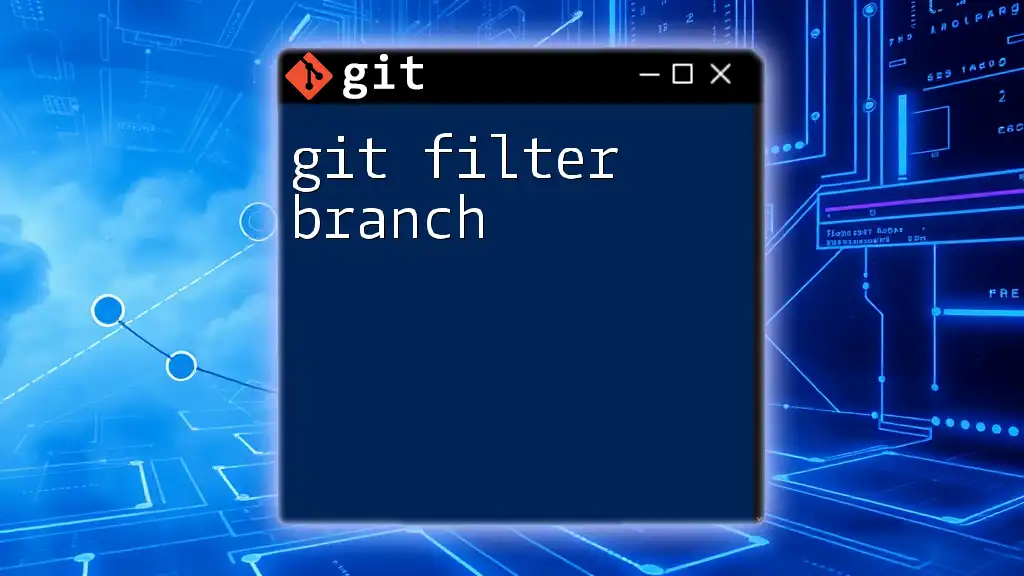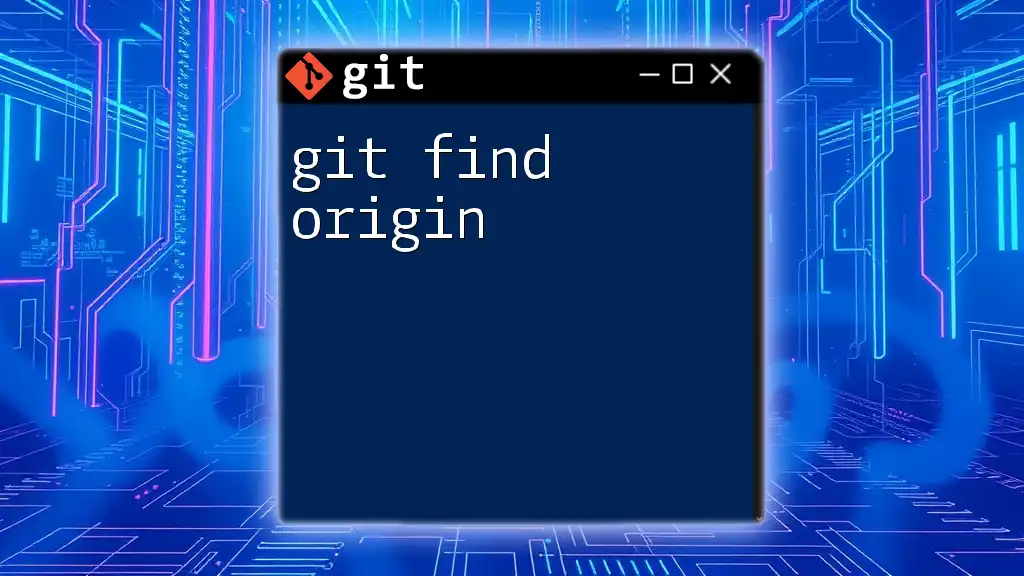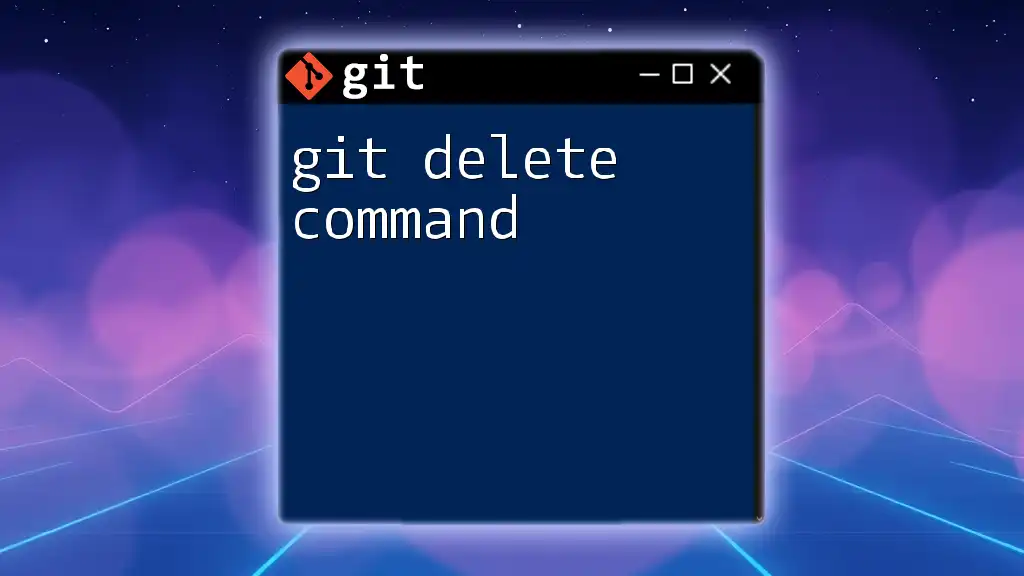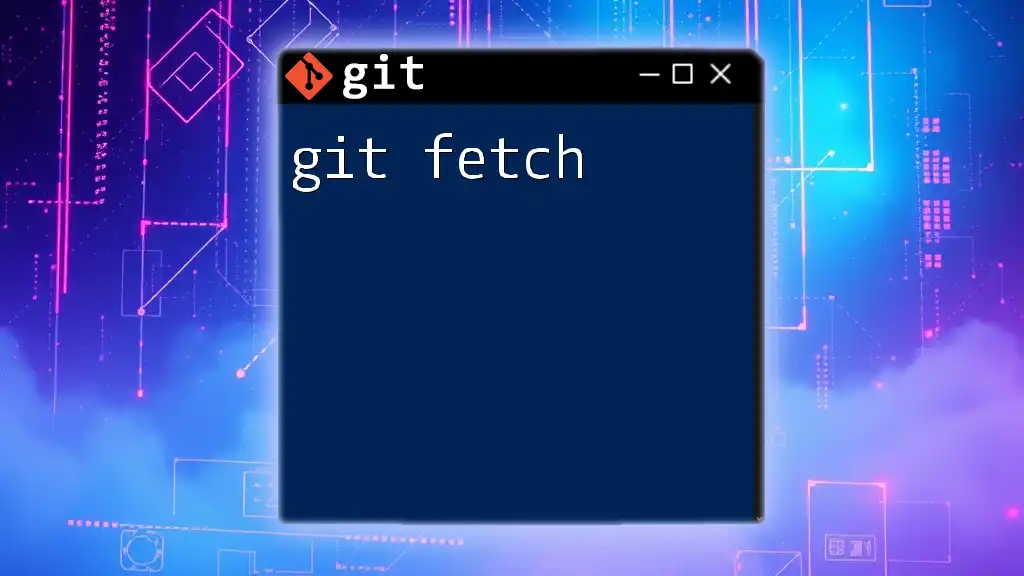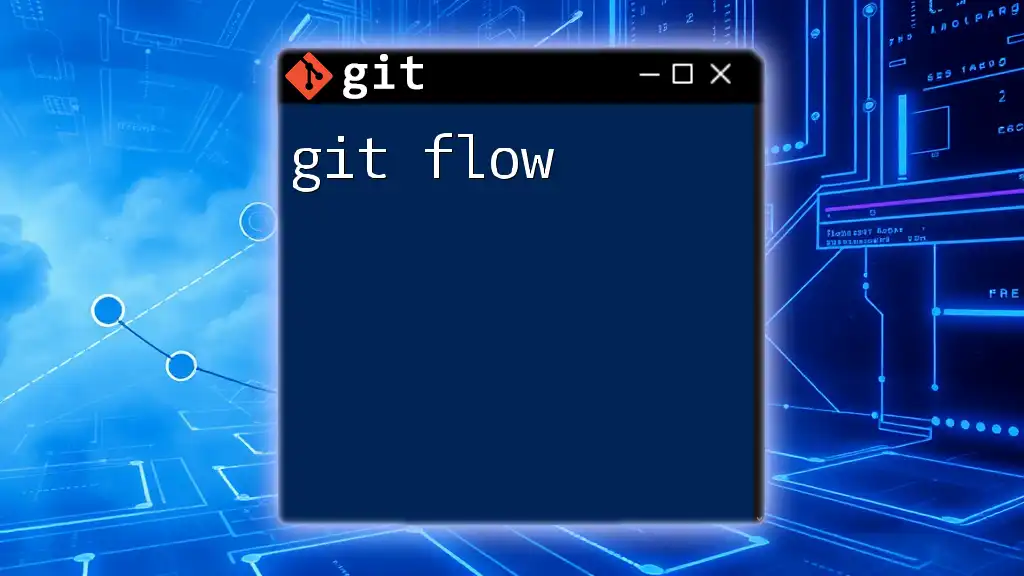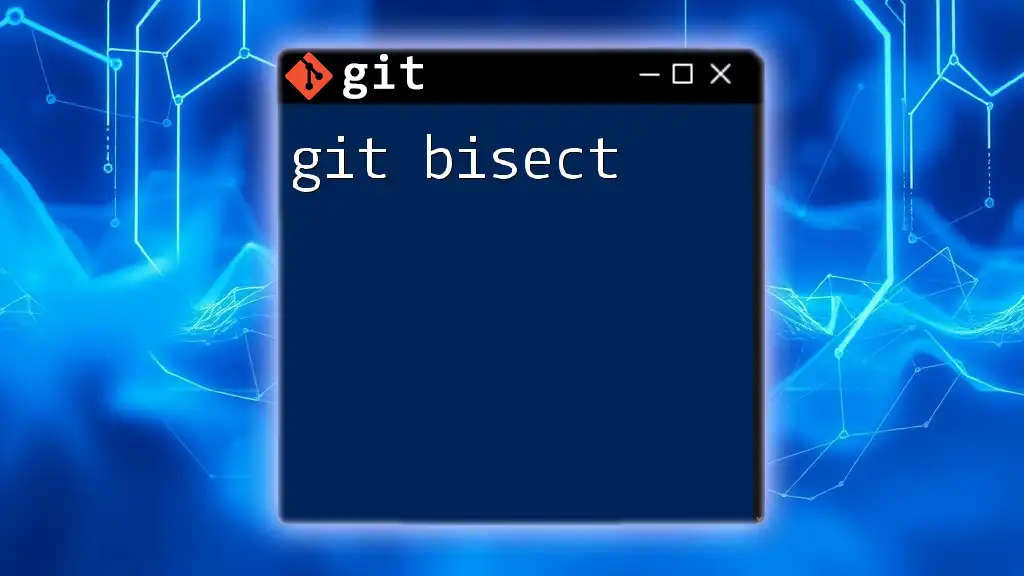"Git Fiddle" is a playful term that describes the process of experimenting with Git commands in a temporary environment to quickly learn and prototype without affecting your main repository.
# Example of using Git Fiddle to create a new branch and switch to it
git checkout -b new-feature
What is Git Fiddle?
Git Fiddle is an innovative tool designed to assist both beginners and experienced developers in mastering Git commands swiftly and effectively. It provides a simplified environment for practicing Git functionalities without the risks associated with manipulating actual repositories. This platform enables users to gain confidence in their skills, allowing them to experiment with various Git commands in a safe, isolated setting.
Understanding the capabilities and features of Git Fiddle is integral to maximizing its potential. Its user-friendly interface encourages experimentation and can significantly speed up the learning curve for anyone looking to navigate the complexities of Git.
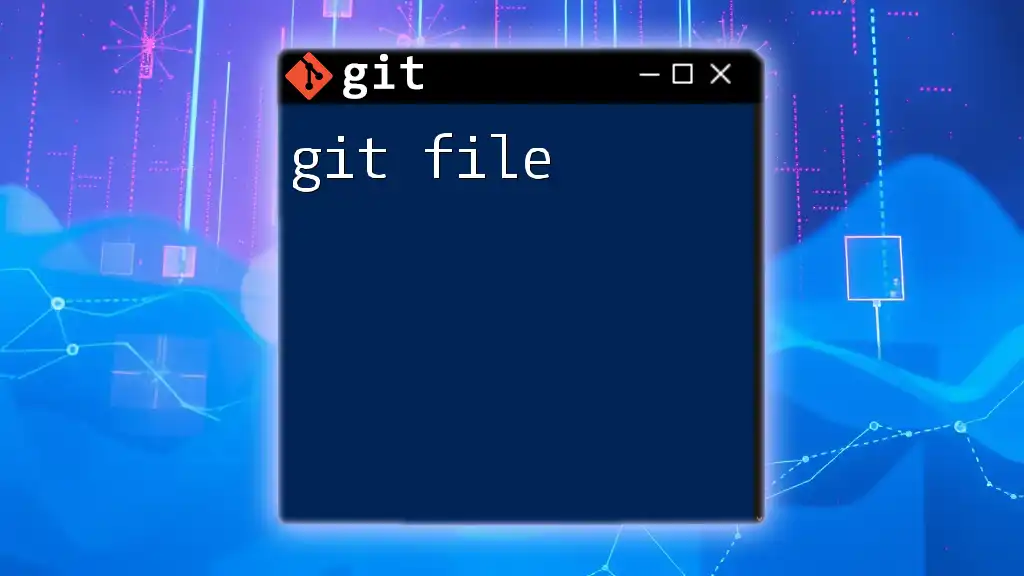
Getting Started with Git Fiddle
Setting Up Git Fiddle
Requirements for Using Git Fiddle
Before jumping into the action, ensure you have the necessary tools installed. Typically, you will need:
- A compatible operating system
- Git installed on your machine
- An internet connection for feature access
Installation Procedure
To install Git Fiddle, you can typically clone the repository or download it directly from the official site, depending on how the tool is distributed.
To install Git Fiddle via command line, you can use:
git clone https://github.com/user/git-fiddle.git
Initial Configuration
Once you have Git Fiddle set up, it’s essential to configure your Git user information to link your commits to your identity. Use the following commands:
git config --global user.name "Your Name"
git config --global user.email "you@example.com"
Navigating the Git Fiddle Interface
The Git Fiddle interface is designed to be intuitive. Familiarizing yourself with it is crucial for a smooth experience.
User Interface Overview
- Command Line vs. GUI: Depending on your preference, Git Fiddle may provide both command line and graphical user interface options, allowing you to practice commands visually or textually.
- Key Sections: Spend some time exploring menus and toolbars that provide quick access to common functions, such as creating branches or viewing commit history.
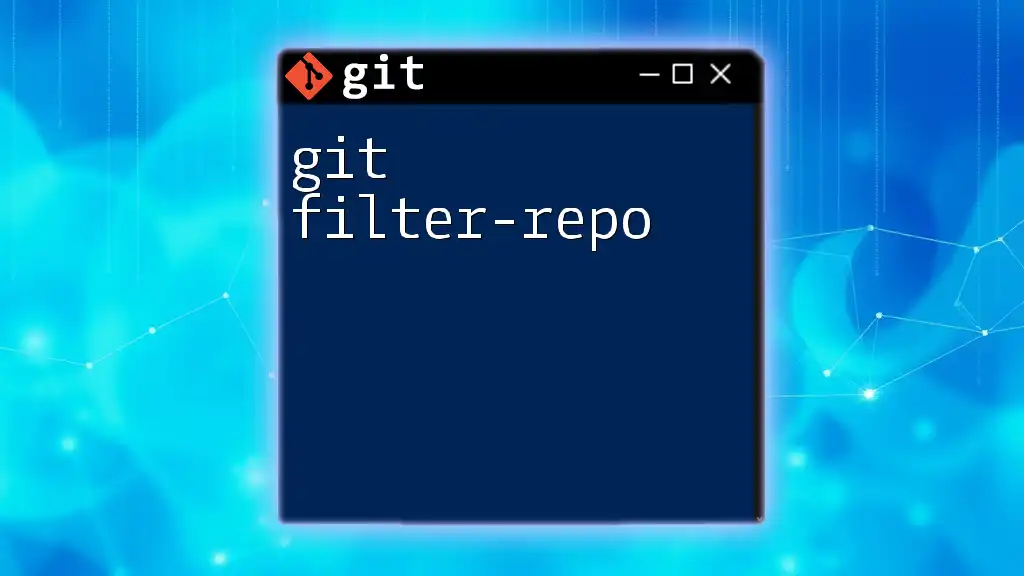
Essential Git Commands for Using Git Fiddle
Basic Commands to Get You Started
git init
This command initializes a new Git repository. To start your first project in Git Fiddle, you'd simply enter:
git init my-repo
This creates a new directory, `my-repo`, where your Git version control system will manage files.
git clone
To duplicate an existing repository, use `git clone`. This is beneficial for pulling down project files created by others:
git clone https://github.com/user/repo.git
Intermediate Commands for Enhanced Functionality
git add
This essential command stages changes you wish to include in your next commit. You can add all changes by using:
git add .
By staging your changes, you clearly define what reshapes will be part of the next commit, organizing your development process.
git commit
Once you have staged your changes, the following command saves them to the repository history. Always complement your command with a meaningful message:
git commit -m "Initial commit"
This creates a snapshot of your project's state, encapsulating all staged changes.
Branching and Merging with Git Fiddle
Understanding Branches
Branches are fundamental in Git as they allow you to work on features or fixes separately without affecting the main codebase. This means multiple developers can work in parallel efficiently.
Creating a New Branch
To initiate a new feature branch, you would execute:
git branch feature-branch
This command creates a new branch called `feature-branch`, enabling you to isolate your developments.
Merging Branches in Git
Merging integrates changes from one branch into another. Once your feature is complete, you can merge it back into the main branch:
git checkout main
git merge feature-branch
Advanced Features of Git Fiddle
Conflict Resolution
Merge conflicts occur when changes in two branches are incompatible. For instance, if two developers edit the same line of a file, Git will raise a conflict during the merge process. Understanding how to handle these situations is vital for effective collaboration.
Strategies for Resolving Conflicts
- Identify the Conflicted Files: Git will point out files with conflicts after a failed merge.
- Edit the Files Manually: Open the conflicted files and examine the differences.
- Stage and Commit Again: Once resolved, stage the changes and commit using:
git add file-name
git commit -m "Resolved merge conflict"
Using Git Fiddle for Experimentation
Git Fiddle is excellent for testing commands and understanding their impacts without jeopardizing real projects. For instance, experimenting with various Git workflows can help solidify your understanding of commands like `rebase`, `reset`, or `stash`.
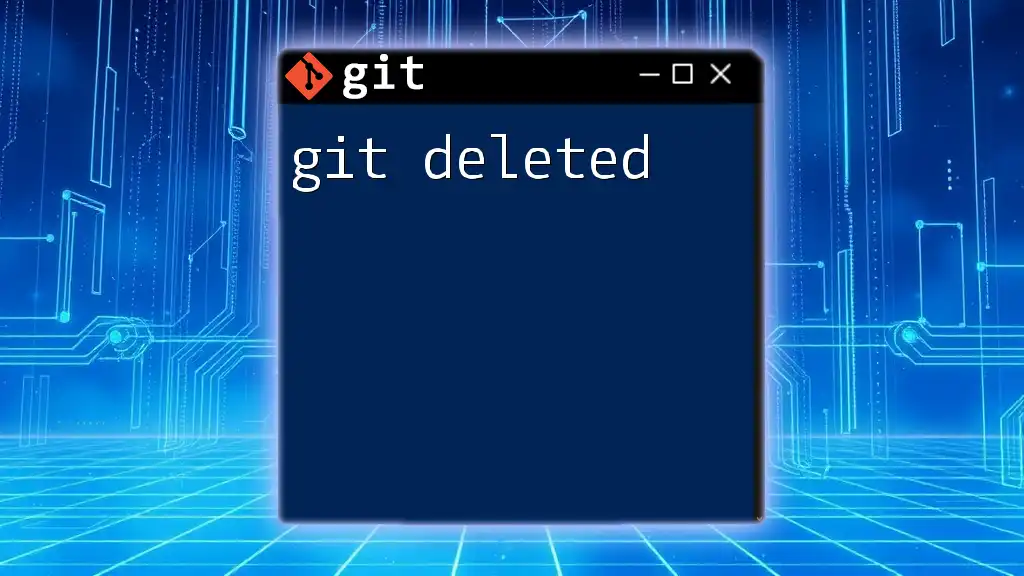
Best Practices for Using Git Fiddle
Consistent Workflow
Maintaining a consistent Git workflow is crucial for collaboration and project management. Git Fiddle encourages this by offering a controlled environment where good practices can be instilled without the fear of breaking anything.
Documentation and Comments in Commits
Commit messages should be informative and convey the essence of the changes made. This practice not only aids you but also assists fellow developers in understanding project history.
-
Good Commit Example: Fix bugs in the navigation menu to enhance user experience.
-
Bad Commit Example: Made changes.
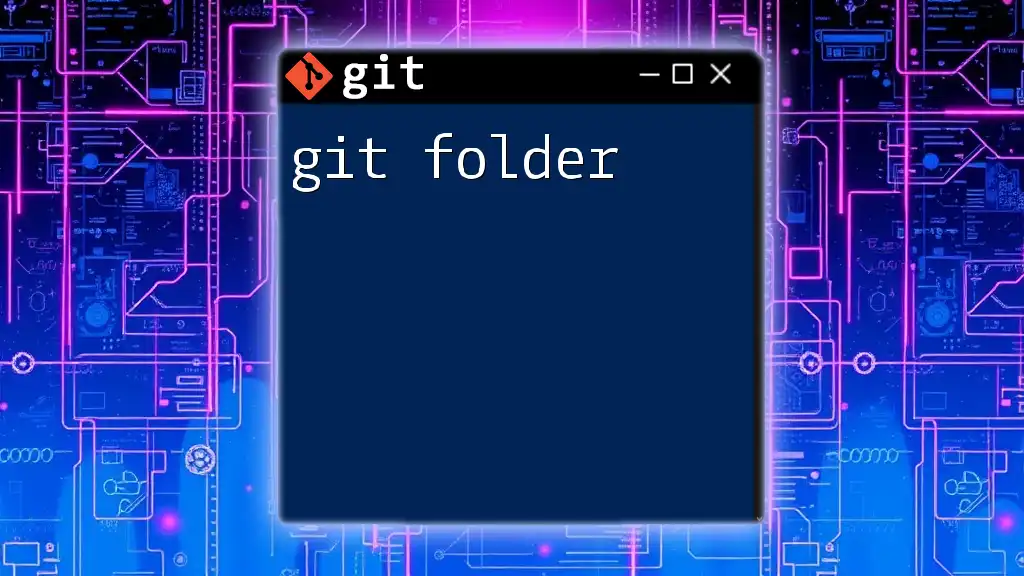
Conclusion
By leveraging Git Fiddle, learners can gain an effective grasp of Git commands in a friendly environment that fosters exploration and experimentation. Practicing consistently will undoubtedly lead to greater confidence and skill when managing version control in real-world projects.
Dive in and start using Git Fiddle to elevate your Git command proficiency today!
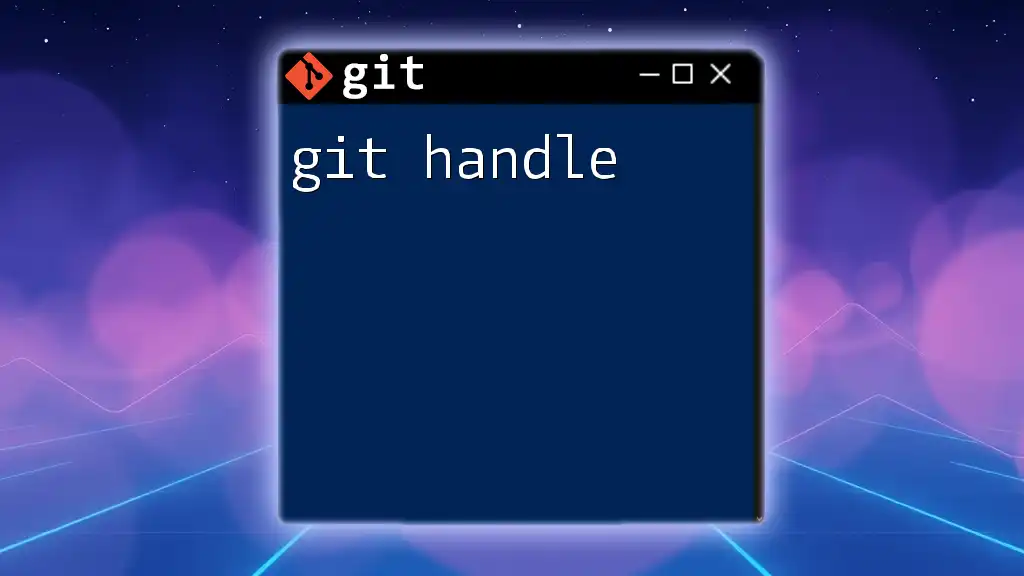
Additional Resources
For those interested in furthering their Git knowledge, various external resources and community forums can provide additional insights and support as you navigate your Git learning journey. Keep exploring to enhance your skills continually!

